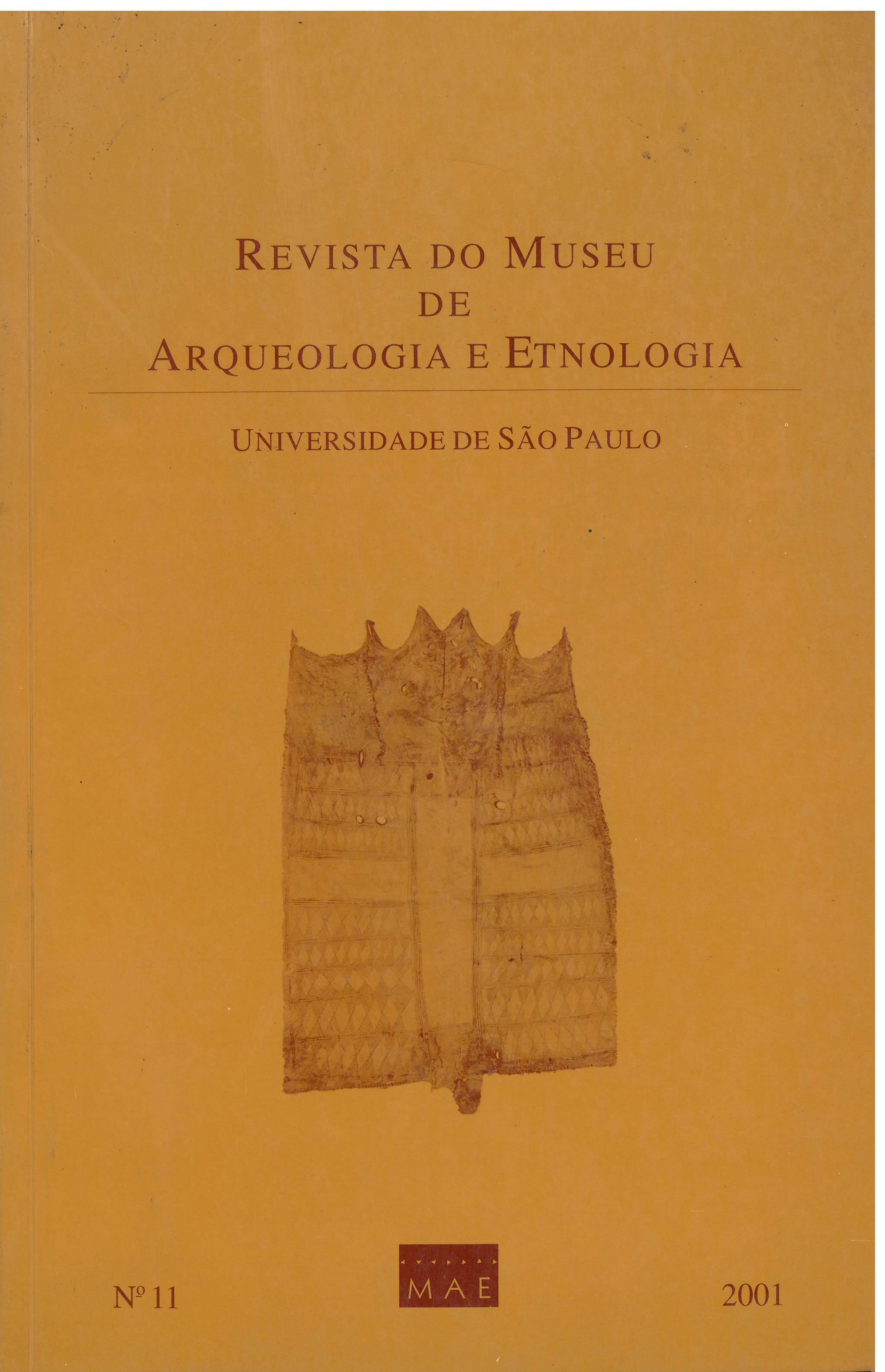Plant anatomy and palaeoethnobotany at Santa Elina shelter (Jangada, MT, Brazil).
DOI:
https://doi.org/10.11606/issn.2448-1750.revmae.2001.109417Palabras clave:
Plant fibers - Palaeoethnobotany, archaeobotany - Aristolochia, Aristolochiaceae - Plant anatomy, wood anatomy, fiber balls, ravel.Resumen
Santa Elina shelter is located at Jangada County, Mato Grosso State at the North of Paraguay basin, Western Brazil. It is formed by a limestone folding and reveals sediments from the last 6,000 years. Those sediments are very rich in plant vestiges very well preserved comprising wood pieces, charcoal, plant organs and fibers. Ravel like artifacts formed by plant fibers were analyzed by standard plant anatomy methods and identified by comparison to a reference collection and stems from herbaria. The fibers have been identified as stem parts from Aristolochia, probably A. esperanzae O. Kuntze, Aristolochiaceae. Many species of Aristolochia, called “snakeroof ’ are referred as medicinal plants all around the world. They are used for many medical purposes and suggested as snake repellents and snake bites remedy. The occurrence of Aristolochia in the archaeological site suggests presence of forests and palaeoecological conditions similar to our timeDescargas
Los datos de descarga aún no están disponibles.
Descargas
Publicado
2001-12-16
Número
Sección
Artículos
Licencia
Derechos de autor 2001 Gregorio Cardoso Tápias Ceccantini, Luciana Witovisk Gusselia

Esta obra está bajo una licencia internacional Creative Commons Atribución-NoComercial-SinDerivadas 4.0.
Cómo citar
CECCANTINI, Gregorio Cardoso Tápias; GUSSELIA, Luciana Witovisk. Plant anatomy and palaeoethnobotany at Santa Elina shelter (Jangada, MT, Brazil). Revista do Museu de Arqueologia e Etnologia, São Paulo, Brasil, n. 11, p. 189–200, 2001. DOI: 10.11606/issn.2448-1750.revmae.2001.109417. Disponível em: https://www.journals.usp.br/revmae/article/view/109417.. Acesso em: 15 may. 2024.













